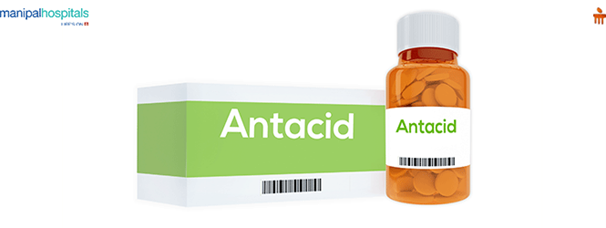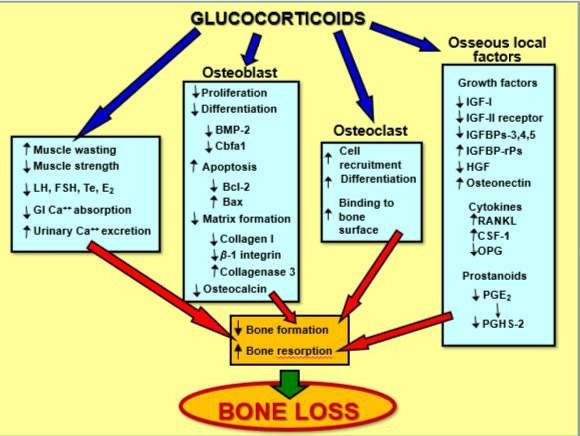A nurse is providing teaching to a client who has a gastric ulcer and a new prescription for ranitidine.
Which of the following statements by the client indicates an understanding of the teaching?
"I can take two aspirin to treat headaches.”
"I should not take an antacid within 1 hour of taking this medication.”
"l can expect fine hand tremors when taking this medication.”
"I should avoid dairy products when taking this medication.”
The Correct Answer is B
Ranitidine is a histamine H2-receptor antagonist that blocks histamine-mediated gastric acid secretion.

Antacids can interfere with the absorption of ranitidine, so it is important to separate their administration by at least 1 hour.
Choice A is wrong because aspirin is a type of nonsteroidal anti-inflammatory drug (NSAID) which can increase the risk of peptic ulcers.
Choice C is wrong because fine hand tremors are not a known side effect of ranitidine.
Choice D is wrong because there is no need to avoid dairy products when taking ranitidine.
Nursing Test Bank
Naxlex Comprehensive Predictor Exams
Related Questions
Correct Answer is B
Explanation
Heparin is an anticoagulant medication that is used to decrease the clotting ability of the blood and help prevent harmful clots from forming in blood vessels.
The activated partial thromboplastin time (aPTT) is a laboratory test commonly used to monitor unfractionated heparin therapy.
An aPTT value of 90 seconds is above the therapeutic range and indicates that the heparin infusion rate should be decreased.
Choice A is wrong because Erythrocyte sedimentation rate 18 mm/hr, is not the correct answer because it is not used to monitor heparin therapy.
Choice C is wrong because INR.2, is not the correct answer because it falls within the normal range for INR values and is not used to monitor heparin therapy.
Choice D is wrong because Platelets 350,000/mm, is not the correct answer because it falls within the normal range for platelet counts and is not used to monitor heparin therapy.
Correct Answer is D
Explanation

Prednisone is a corticosteroid that can be used to treat rheumatoid arthritis and other conditions by reducing inflammation and suppressing the immune system.
However, long-term use of prednisone can cause side effects, including bone loss.
Choice A is wrong because liver toxicity is not a common side effect of prednisone.
Choice B is wrong because hypoglycemia is not a common side effect of prednisone; instead, elevated blood sugar is a possible side effect.
Choice C is wrong because hemolytic anemia is not a common side effect of prednisone.
Whether you are a student looking to ace your exams or a practicing nurse seeking to enhance your expertise , our nursing education contents will empower you with the confidence and competence to make a difference in the lives of patients and become a respected leader in the healthcare field.
Visit Naxlex, invest in your future and unlock endless possibilities with our unparalleled nursing education contents today
Report Wrong Answer on the Current Question
Do you disagree with the answer? If yes, what is your expected answer? Explain.
Kindly be descriptive with the issue you are facing.
